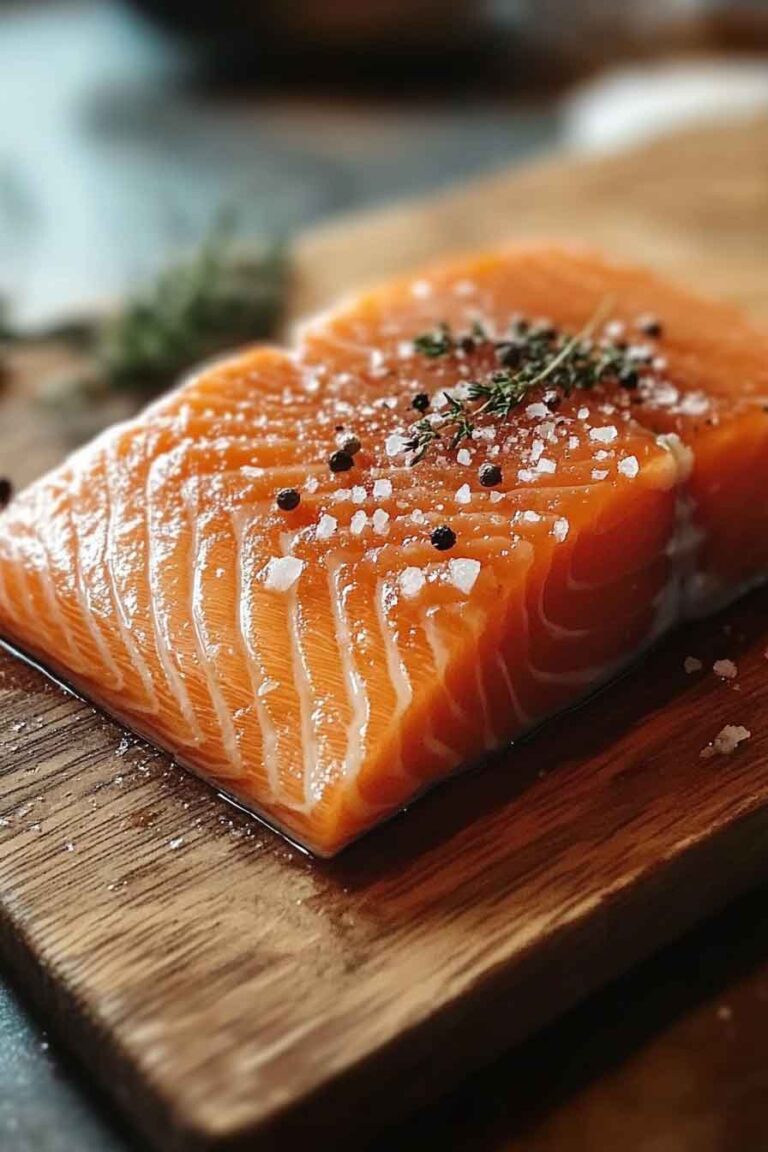How to Brown Butter: A Complete Guide

Browning butter is one of those simple kitchen techniques that transforms the flavor of everyday dishes into something extraordinary. Whether you’re a beginner or an experienced cook, learning how to brown butter is a valuable skill. The rich, nutty flavor adds depth to both sweet and savory recipes, and once you master it, you’ll wonder how you ever cooked without it. In this guide, we’ll cover everything you need to know about how to brown butter, why it’s worth your time, and some common mistakes to avoid.
We aim to make this process approachable and easy for everyone. You won’t need fancy tools or ingredients—just butter, a pan, and a little patience. Follow along for a detailed, step-by-step tutorial on how to brown butter perfectly every time, and discover all the ways you can use this magical ingredient in your cooking.
What Is Brown Butter?
Brown butter, or “beurre noisette” as it’s called in French cuisine, is simply butter that has been gently cooked until the milk solids brown. The process develops a nutty, rich flavor that you can’t achieve with regular melted butter. It’s a staple in French kitchens and is incredibly versatile, enhancing everything from sauces and pastas to baked goods and vegetables.
Unlike regular melted butter, which can sometimes taste flat, brown butter introduces a complexity of flavor. As the milk solids in the butter toast and caramelize, they give off a deep, nutty aroma that can turn an ordinary dish into something special.
Tools You Need for Browning Butter
To brown butter successfully, you’ll need just a few basic tools:
- Butter: Any butter will do, though you may prefer unsalted butter to control the salt level in your recipe.
- Light-Colored Pan: A stainless steel or light-colored skillet works best so you can easily see when the butter has browned.
- Wooden Spoon or Silicone Spatula: For stirring the butter constantly to prevent burning.
Step-by-Step Guide on How to Brown Butter
Now, let’s break down the process. Follow these steps carefully to get the perfect golden-brown butter.
1. Cut the Butter Into Pieces
Start by cutting the butter into tablespoon-sized pieces. This allows the butter to melt more evenly, reducing the risk of burning some parts while others are still solid.
2. Melt the Butter Over Medium Heat
Place the butter in a light-colored pan over medium heat. Medium heat ensures even cooking. Using high heat can cause the butter to burn before it has a chance to brown properly.
3. Watch for Foaming
As the butter melts, it will begin to foam. This is a good sign! The water in the butter is evaporating, which will leave behind the milk solids that give brown butter its flavor.
4. Keep Stirring
It’s essential to keep the butter moving in the pan. This prevents the milk solids from settling at the bottom and burning. A silicone spatula or wooden spoon works best for this step.
5. Look for Color Change
After a few minutes, the butter will start to turn golden brown. Keep a close eye on it—brown butter can go from perfectly browned to burnt in seconds.
6. Smell for Nutty Aroma
One of the best indicators that your butter is perfectly browned is the smell. It will give off a rich, nutty aroma, and you’ll see little brown specks (toasted milk solids) in the bottom of the pan.
7. Remove From Heat
As soon as the butter has browned, immediately remove it from the heat and pour it into a heatproof bowl to stop the cooking process. If you leave it in the hot pan, it will continue cooking and could burn.
Why Brown Butter Is Worth the Effort
While browning butter takes only a few extra minutes, the payoff in flavor is huge. The nutty, caramelized taste elevates both savory and sweet dishes. Whether you’re drizzling it over vegetables or stirring it into cookie dough, brown butter adds a depth of flavor that regular butter just can’t match.
Common Mistakes to Avoid
Browning butter may seem simple, but there are a few common mistakes that can lead to burnt or unevenly browned butter. Here’s what to watch out for:
1. Using High Heat
Browning butter requires patience. High heat will cause the butter to burn quickly, especially after the water evaporates.
2. Walking Away From the Stove
Brown butter can go from golden to burnt in a matter of seconds. Stay at the stove and stir constantly to ensure even browning.
3. Not Using the Right Pan
A dark-colored pan makes it difficult to see when the butter has browned. Stick to stainless steel or light-colored pans so you can easily spot the change in color.
How to Use Brown Butter in Cooking
Now that you know how to brown butter, let’s talk about how to use it! Brown butter is incredibly versatile and can enhance a wide variety of dishes. Here are a few ideas to get you started:
1. Savory Dishes
- Drizzle over Vegetables: Toss roasted or steamed vegetables like green beans or Brussels sprouts with brown butter for a nutty flavor boost.
- Pasta Sauce: Replace regular melted butter in pasta sauces with brown butter for an extra layer of richness.
- Seafood and Meat: Brown butter works beautifully with fish, chicken, or beef. Spoon it over grilled or pan-seared proteins for a restaurant-quality finish.
2. Baking and Desserts
- Cookies: Try replacing the butter in your favorite cookie recipe with browned butter. It adds a deep, caramelized flavor that works particularly well in chocolate chip or sugar cookies.
- Cakes and Muffins: Brown butter can be incorporated into batters for cakes, muffins, or quick breads to intensify their flavors.
- Brown Butter Frosting: Whip up a simple frosting with browned butter, powdered sugar, and vanilla for a unique twist on classic buttercream.
Does Brown Butter Affect Measurements?
Yes, brown butter does lose a small amount of moisture as the water content evaporates during cooking. If your recipe calls for a specific amount of melted butter, you may need to compensate by browning slightly more butter than the recipe suggests. For example, if you need 1/2 cup of melted butter, you should start with around 9 tablespoons of butter before browning it.
Make-Ahead Tips for Brown Butter
The great thing about brown butter is that it can be made in advance. Once it has cooled, it will solidify just like regular butter. You can store it in the refrigerator for up to 5 days or freeze it for up to 3 months. When you’re ready to use it, simply let it soften at room temperature or melt it again over low heat.
Troubleshooting Common Issues
Browning butter is generally straightforward, but here are some tips for troubleshooting common issues you might encounter:
1. Burning the Butter
If you accidentally burn the butter, there’s no saving it. The best course of action is to start over. The burnt taste will overpower any dish.
2. Not Browning Evenly
If your butter isn’t browning evenly, the heat may be too low or you may not be stirring it frequently enough. Try increasing the heat slightly and stirring more consistently.
3. Butter Foaming Too Much
Excessive foaming can occur if the butter is very cold when you add it to the pan. Let the butter sit at room temperature for about 20 minutes before starting the browning process.
Summary
Browning butter is a simple yet transformative technique that can add a depth of flavor to almost any dish. By following these steps and avoiding common mistakes, you’ll be able to create perfectly browned butter every time. Whether you’re using it in baking, cooking, or just as a sauce, the nutty richness of brown butter is sure to impress.
Remember, practice makes perfect. The more you brown butter, the more comfortable you’ll become with the process, and soon it will become second nature in your kitchen.






